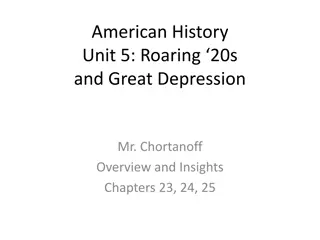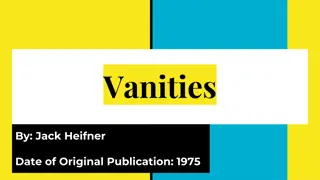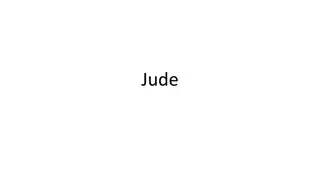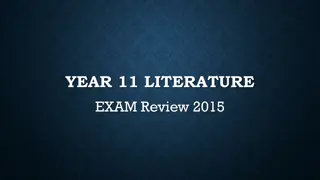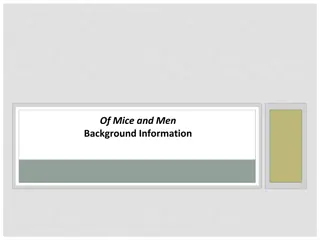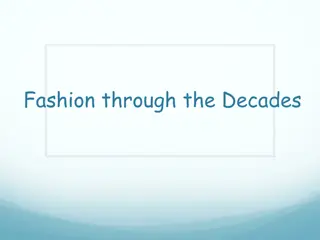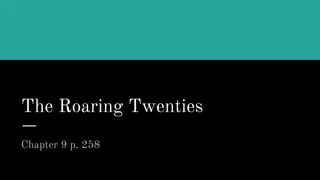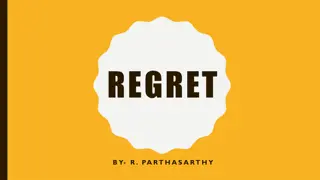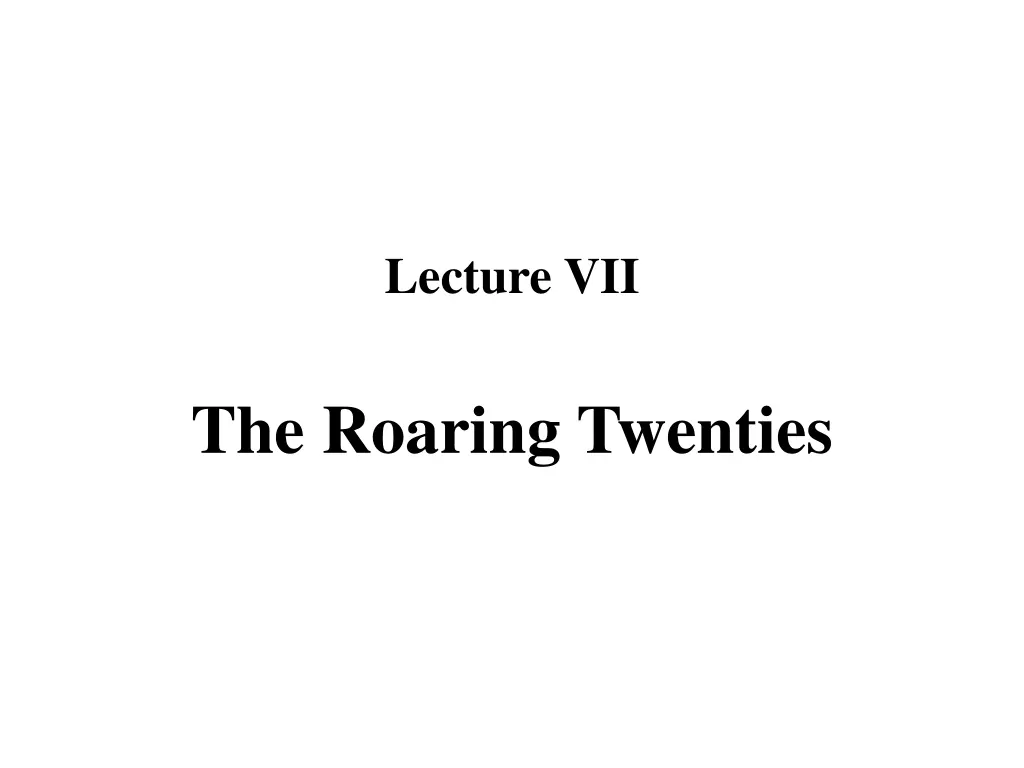
Transformation and Tensions: The Roaring Twenties in America
Explore the societal shifts of the 1920s in America through immigration restrictions, Prohibition, rise of organized crime, Ku Klux Klan, Scopes Monkey Trial, economic growth, Hollywood entertainment, youth culture changes, and the Great Migration. Witness the clash of traditions and modernity that defined this era.
Uploaded on | 0 Views
Download Presentation

Please find below an Image/Link to download the presentation.
The content on the website is provided AS IS for your information and personal use only. It may not be sold, licensed, or shared on other websites without obtaining consent from the author. If you encounter any issues during the download, it is possible that the publisher has removed the file from their server.
You are allowed to download the files provided on this website for personal or commercial use, subject to the condition that they are used lawfully. All files are the property of their respective owners.
The content on the website is provided AS IS for your information and personal use only. It may not be sold, licensed, or shared on other websites without obtaining consent from the author.
E N D
Presentation Transcript
Lecture VII The Roaring Twenties
I. The transformation of America into an ethnically and religiously diverse nation, predominantly urban, caused a backlash in the 1920s. A. Laws of 1921 and 1924 restricted immigration from southern and eastern Europe and banned immigration from Asia. B. Prohibition, the Eighteenth Amendment to the Constitution, was the culmination of a long campaign but proved a disappointment in practice.
1. It had been the first issue to mobilize large numbers of women in a political campaign. 2. Enforced beginning in January 1920, the law was widely violated and lacked effective enforcement. 3. It facilitated the rise of organized crime. C. The Ku Klux Klan aimed to restore virtuous, rural Protestant values. Revived in 1915 at Stone Mountain, Georgia, it advocated white supremacy but was also anti-Catholic and anti-immigrant.
D. Fundamentalists tried to prevent the teaching of evolution in state high schools. 1. Tennessee passed an anti-evolution law in 1925. 2. The Scopes monkey trial of 1925 was a courtroom victory but a public relations defeat for the fundamentalists. E. Al Smith, Democratic presidential candidate in 1928, was an Irish Catholic and could not attract the votes of southern white Protestants.
II. The 1920s was a period of sustained economic growth and rising real wages. A. Consumer durable goods became accessible to a rapidly growing middle class. 1. Per capita income was $522 in 1921 and $716 in 1928, far higher than in any other country in the world. 2. America was producing 5.5 million cars per year, and Americans owned five-sixths of all the world s cars. 3. The fiction of Sinclair Lewis Babbitt criticized the new consumerism and the conformity it bred.
B. Hollywood movies became a central part of popular entertainment. 1. Inventive marketing created the first generation of great stars. 2. Rapid technological improvements provided talkies after 1927. C. A more permissive youth culture created generational tensions. 1. Bobbed hair, knee-length dress, and smoking were symbolic of new women s attitudes. Scott Fitzgerald s Great Gatsby 2. Jazz became popular among white, as well as black, audiences. >> Paul Samuel Whiteman
III. The Great Migration from the southern countryside to northern cities created urban black enclaves, notably in Harlem, New York. A. Influential community leaders competed for black audiences. 1. Marcus Garvey and the Universal Negro improvement Association led a back to Africa campaign. 2. W. E. B. Dubois and the NAACP continued the campaign against segregation
B. Black and white intellectuals joined to enjoy and study the Harlem phenomenon. Alain Locke described and analyzed the new Negro in 1925. IV. The size and reach of the federal government declined through the 1920s. A. Calvin Coolidge was content to keep government intervention in the economy to a minimum. He won reelection in his own right in 1924. B. The restraint of the government makes a striking contrast with the immense growth of totalitarian states in Italy and Russia.












